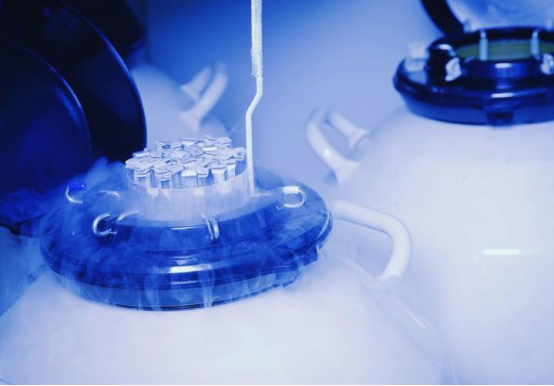
You breathe oxygen, yet air is mostly nitrogen. You need nitrogen to live and encounter it in the foods you eat and in many common chemicals. Here are some quick facts about this element. You can find detailed information about nitrogen on the nitrogen facts page.
Nitrogen is atomic number 7, which means each nitrogen atom has 7 protons. Its element symbol is N. Nitrogen is odorless, tasteless, and colorless gas at room temperature and pressure. Its atomic weight is 14.0067.
Nitrogen gas (N2) makes up 78.1% of the volume of the Earth's air. It's the most common uncombined (pure) element on Earth. It's estimated to be the 5th or 7th most abundant element in the Solar System and Milky Way (present in much lower amounts than hydrogen, helium, and oxygen, so it's hard to get a hard figure). While the gas is common on Earth, it's not so abundant on other planets. For example, nitrogen gas is found in the atmosphere of Mars at levels of about 2.6 percent.
Nitrogen is a nonmetal. Like other elements in this group, it is a poor conductor of heat and electricity and lacks metallic luster in solid form.
Nitrogen gas is relatively inert, but soil bacteria can 'fix' nitrogen into a form that plants and animals can use to make amino acids and proteins.
The French chemist Antoine Laurent Lavoisier named nitrogen azote, meaning "without life". The name became nitrogen, which derives from the Greek word nitron, which means "native soda" and genes, which means "forming". Credit for discovery of the element is generally given to Daniel Rutherford, who found it could be separated from air in 1772.
Nitrogen was sometimes referred to as 'burnt' or 'dephlogisticated' air, since air that no longer contains oxygen is almost all nitrogen. The other gases in air are present in much lower concentrations.
Nitrogen compounds are found in foods, fertilizers, poisons, and explosives. Your body is 3% nitrogen by weight. All living organisms contain this element.
Nitrogen is responsible for the orange-red, blue-green, blue-violet, and deep violet colors of the aurora.
One way to prepare nitrogen gas is by liquefaction and fractional distillation from the atmosphere. Liquid nitrogen boils at 77 K (?196 °C, ?321 °F). Nitrogen freezes at 63 K (-210.01 °C).
Nitrogen has a valence of 3 or 5. It forms negatively charged ions (anions) that readily react with other nonmetals to form covalent bonds.
Saturn's largest moon, Titan, is the only moon in the solar system with a dense atmosphere. It's atmosphere consists of over 98% nitrogen.
Nitrogen gas is used as a nonflammable protective atmosphere. The liquid form of the element is used to remove warts, as a computer coolant, and for cryogenics. Nitrogen is part of many important compounds, such as nitrous oxide, nitroglycerin, nitric acid, and ammonia. The triple bond nitrogen forms with other nitrogen atoms is extremely strong and releases considerable energy when broken, which is why it is so valuable in explosives and also "strong" materials such as Kevlar and cyanoacrylate glue ("super glue").
Decompression sickness, commonly known as "the bends", occurs when reduced pressure causing nitrogen gas bubbles to form in the bloodstream and organs.